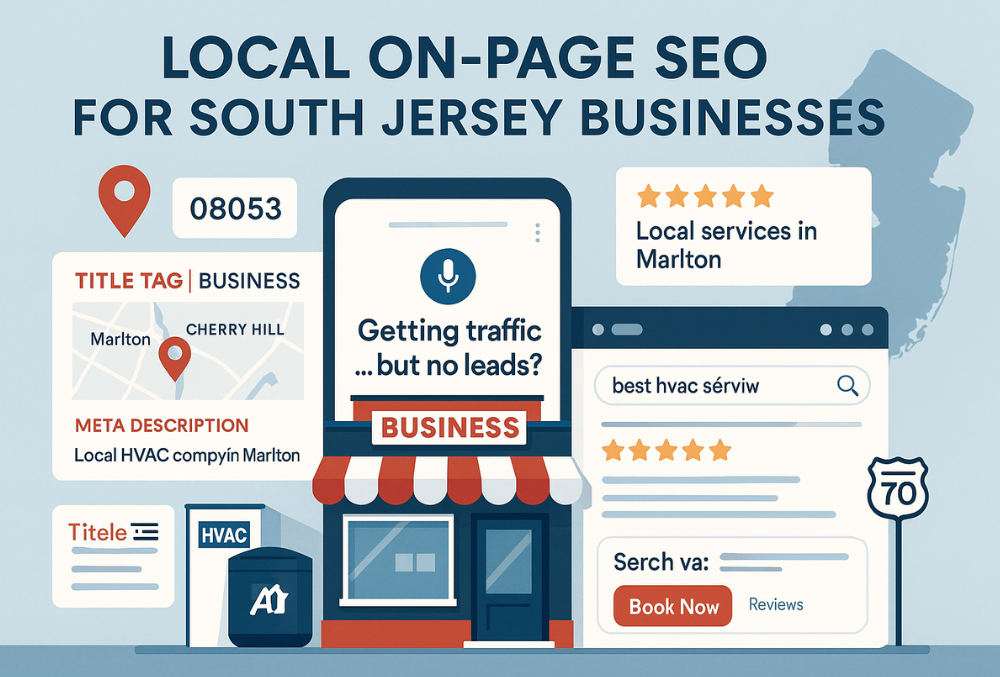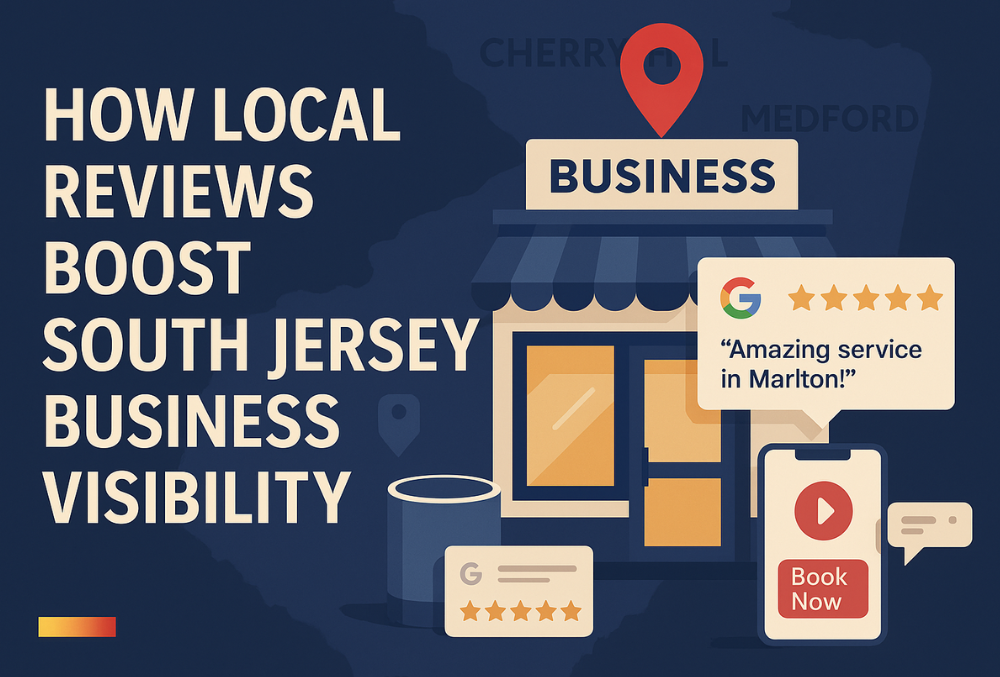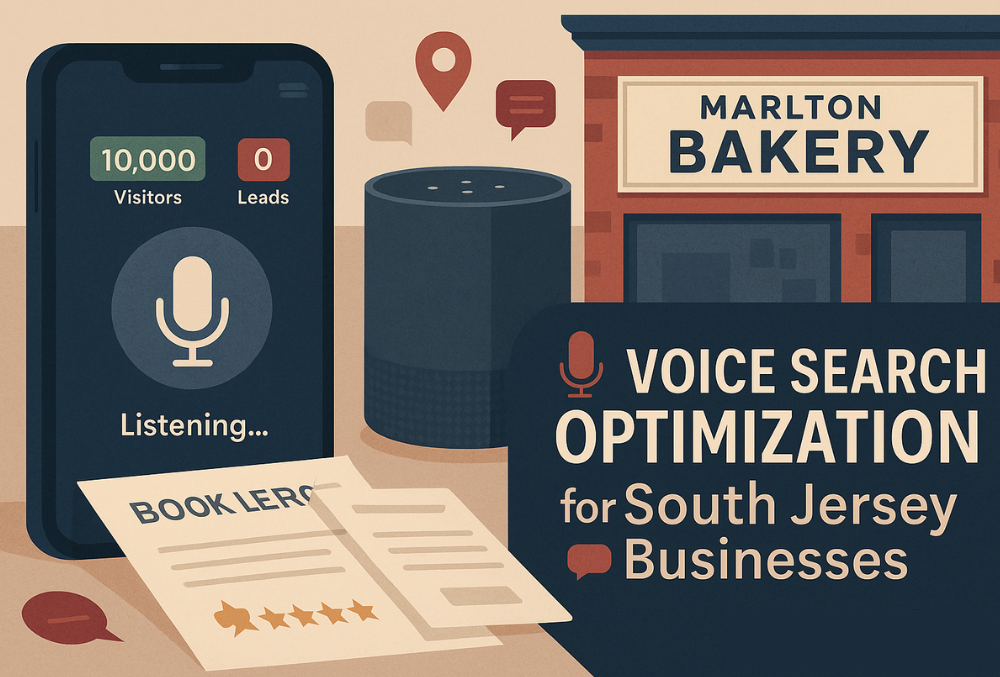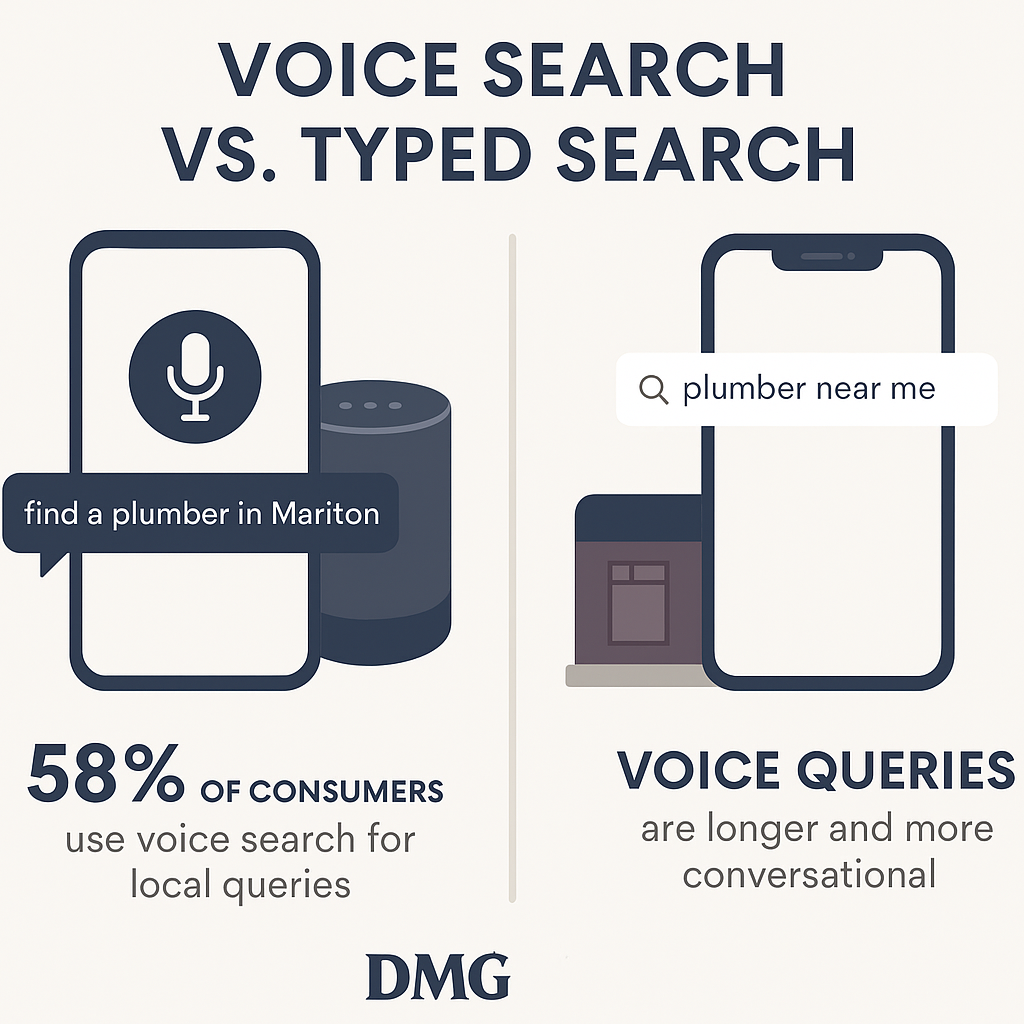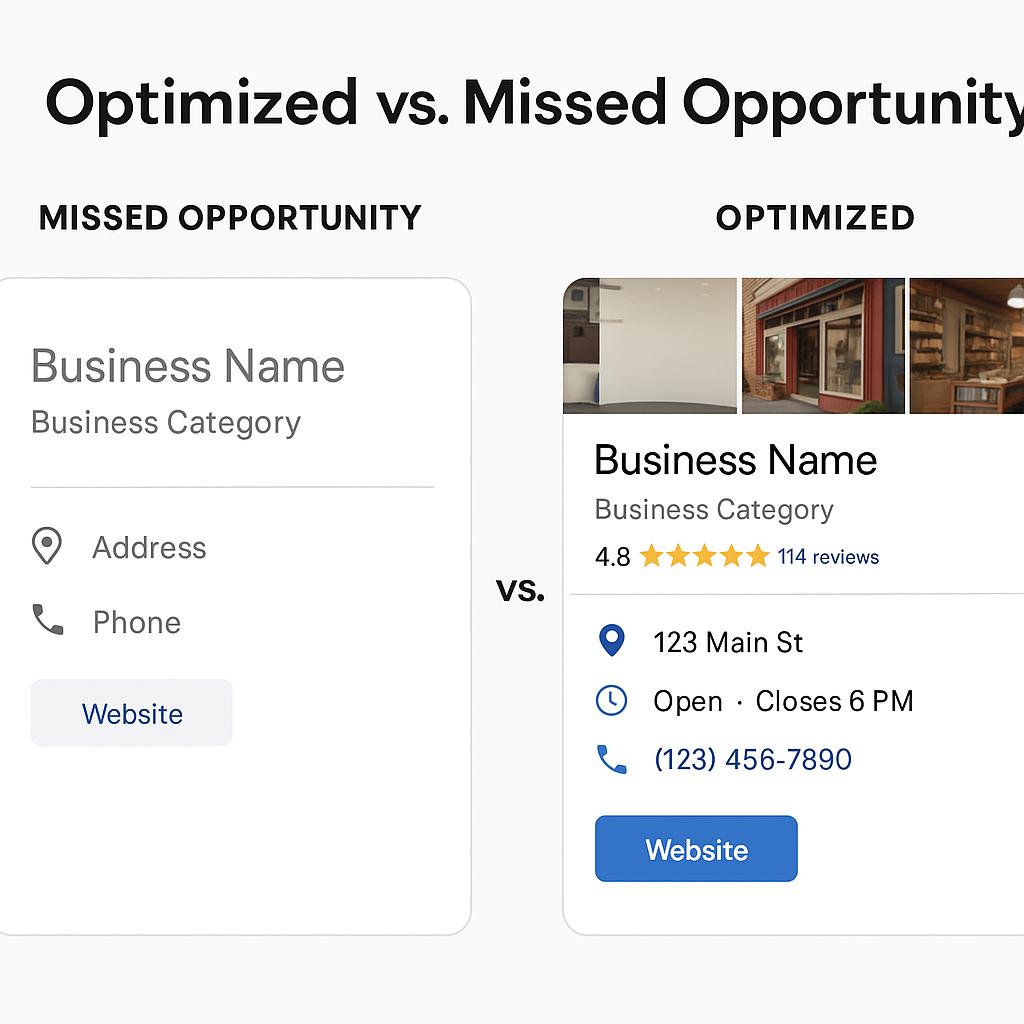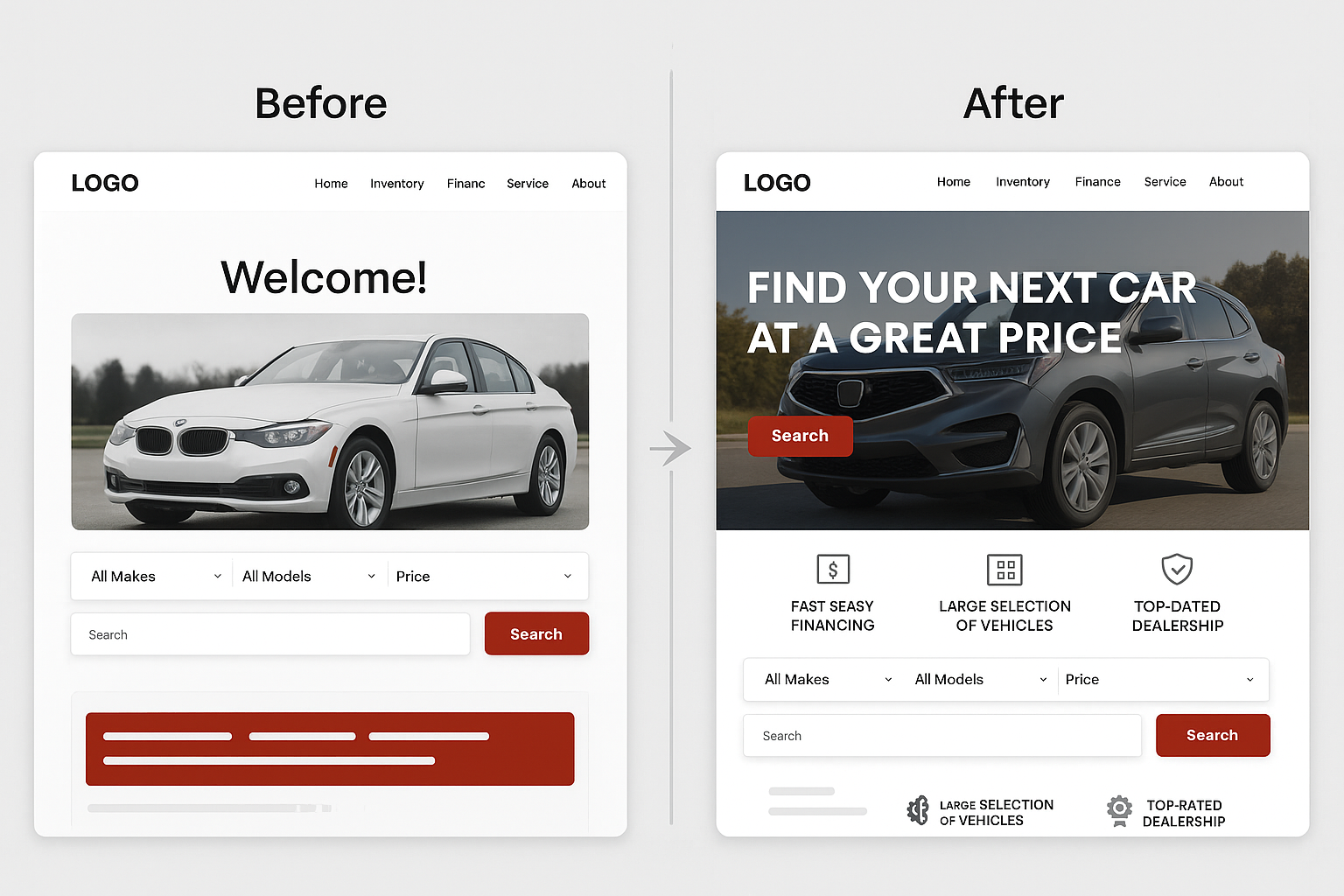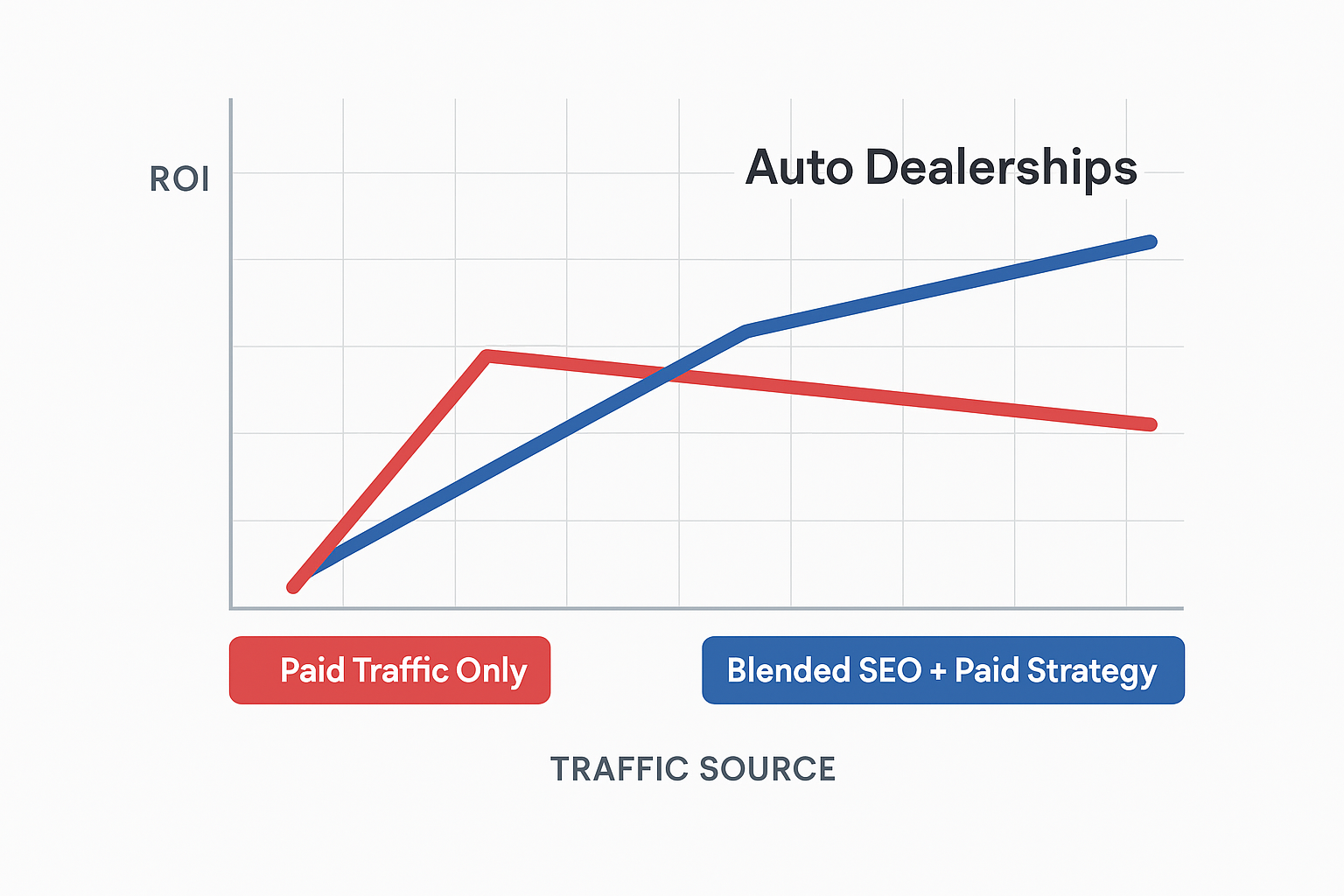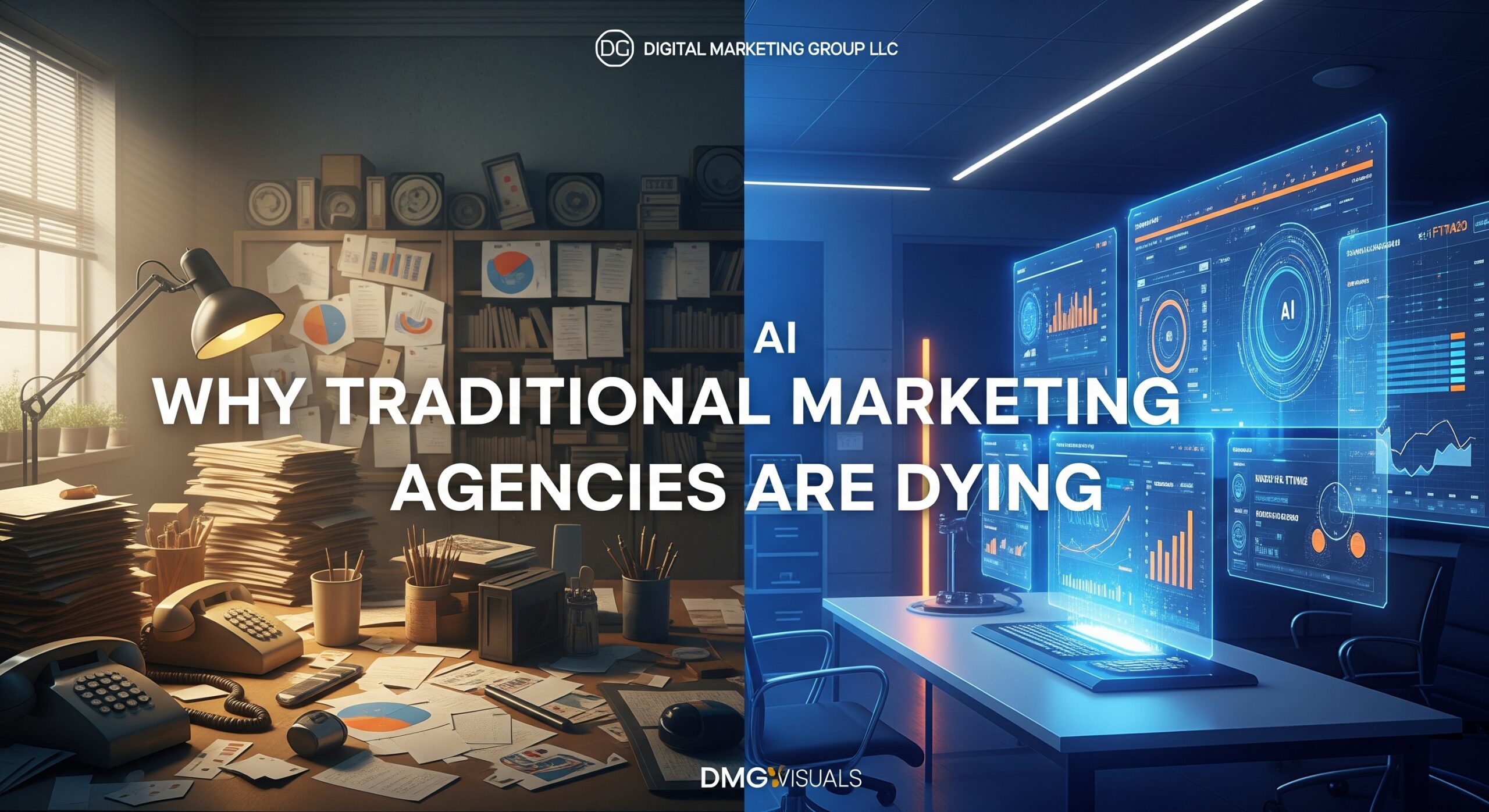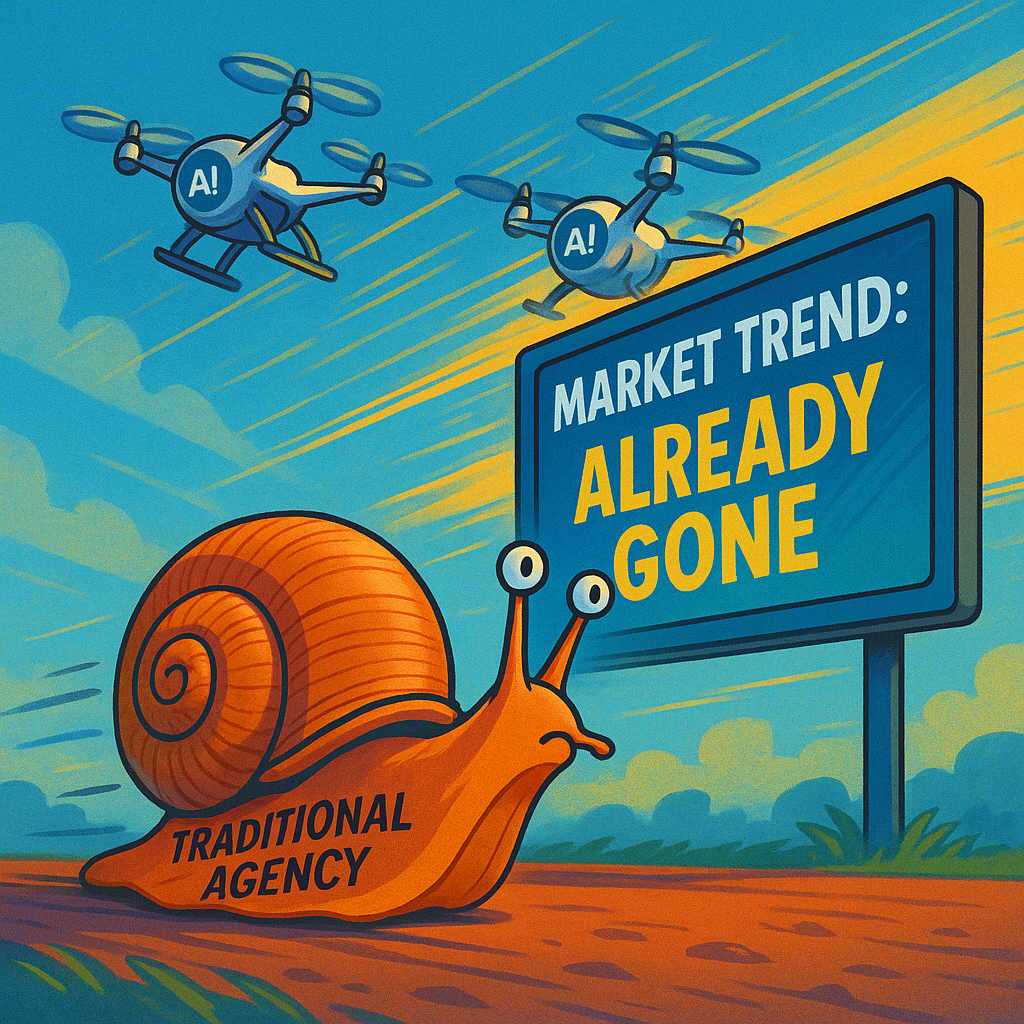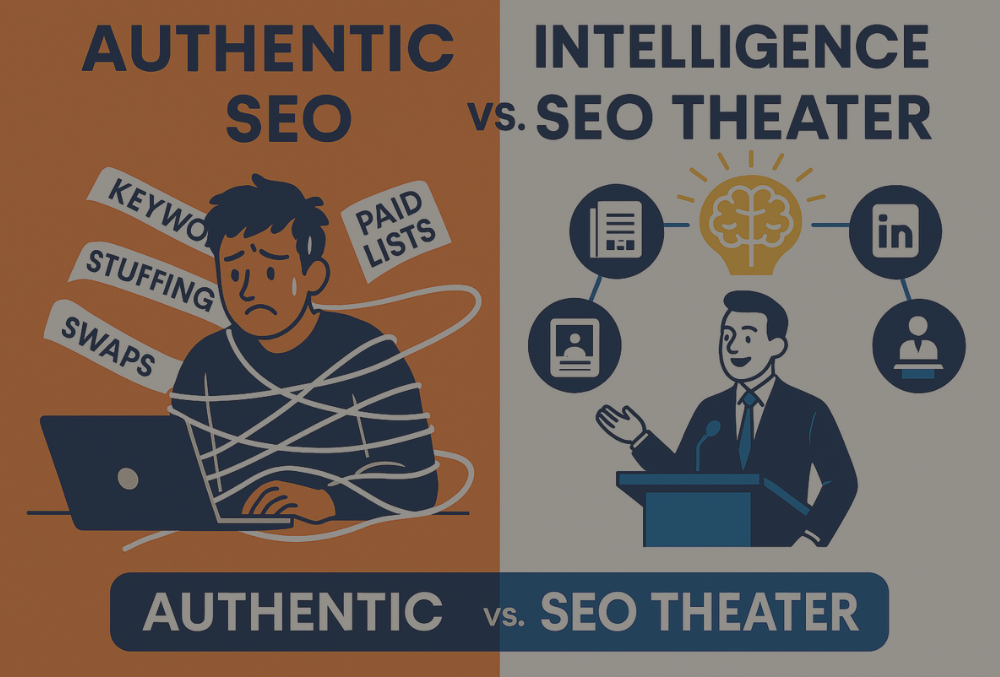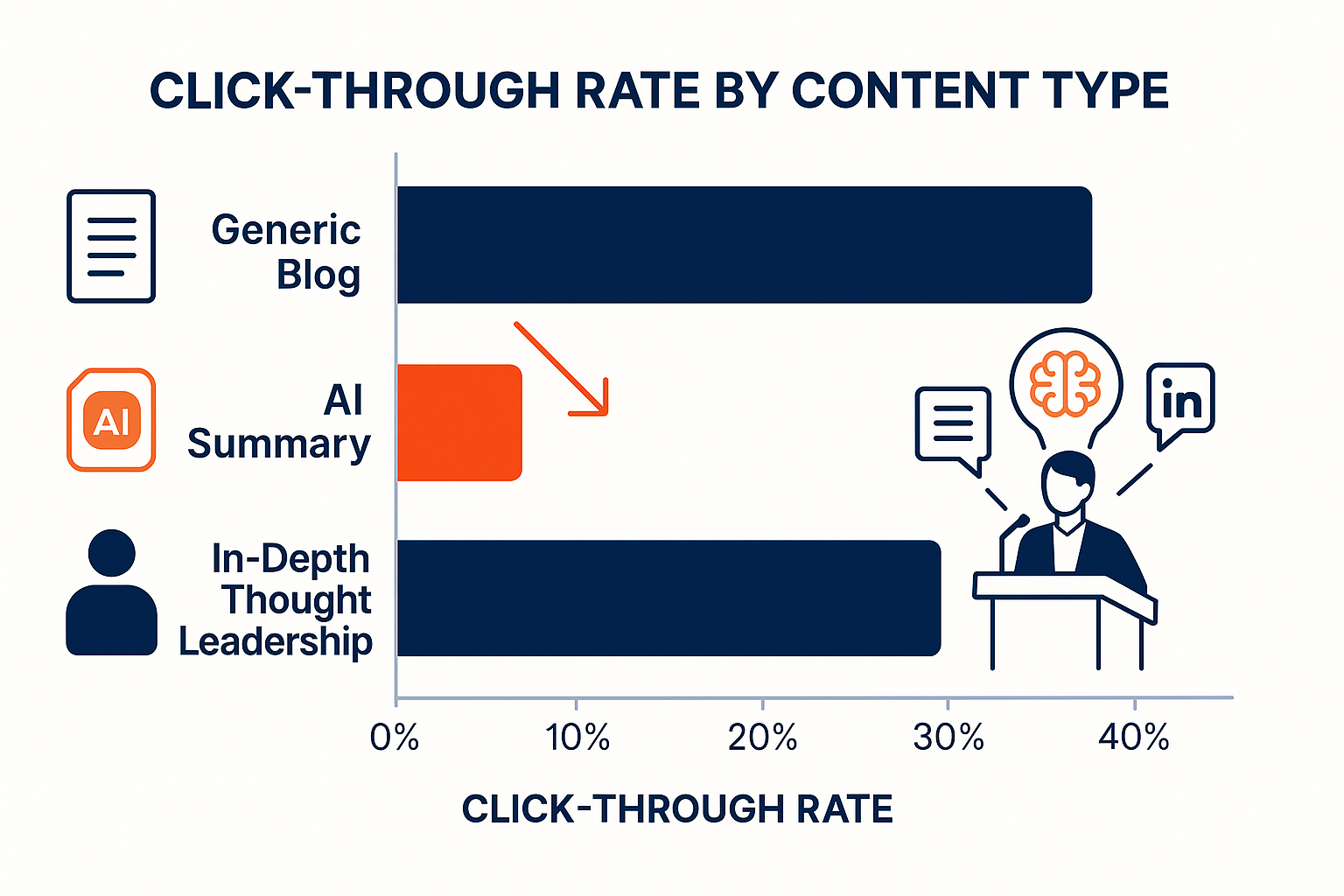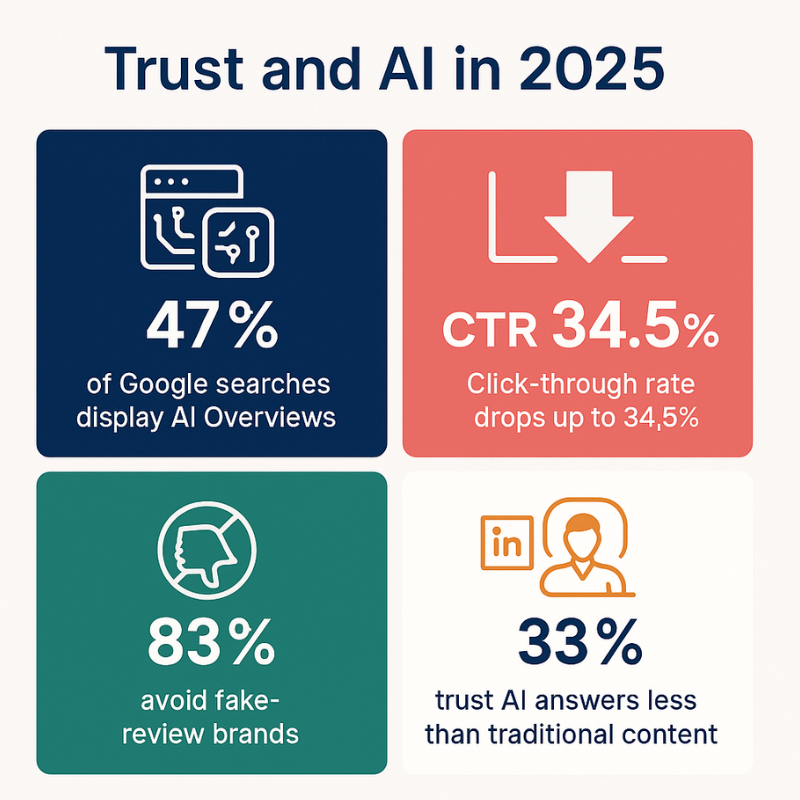When Marketing Costs Too Much; and Delivers Too Little
Running a business in South Jersey is tough enough. You’re managing clients, employees, and day-to-day operations, yet still expected to master digital marketing. So, you look for help. And what do you find?
Big agencies. Bigger promises. Even bigger price tags.
Here’s the truth: most small and mid-sized businesses don’t need the $5,000/month retainers and bloated teams. What they really need is strategy, focus, and accountability. At Digital Marketing Group LLC, we believe you deserve performance without the premium price—and we’re here to make that possible.
💡 Big Strategy, Small Budget? Yes, It’s Possible.
At Digital Marketing Group LLC, we give South Jersey businesses a better choice: expert marketing strategy without inflated pricing. Our approach is lean, local, and laser-focused on what actually moves the needle.
The Hidden Cost of Hiring Big
You’re Not Paying for Strategy; You’re Paying for Size
Big agencies often charge for:
-
Multiple account managers
-
Fancy offices
-
Endless Zoom meetings
-
A long chain of approvals
That overhead? It shows up on your invoice, not necessarily in your results. You might be one of 80 clients, each getting the same templated approach with different logos slapped on top.
🚩 Signs It’s Time to Rethink Your Big Agency
- 💰 Paying for services you don’t fully understand
- 📉 Seeing flat or unclear results after months
- 📞 Getting passed between account managers
- 🧾 Receiving vague or inflated invoices
Hint: If you feel like you’re overpaying and underperforming, it’s time to talk to DMG.
The Real Problem? Disconnected, One-Size-Fits-All Tactics
Without personalized attention, small businesses get lost in the shuffle. Messaging feels off. Campaigns feel generic. Worst of all? You’re spending money without seeing real leads, rankings, or revenue.
What Budget-Conscious Businesses Actually Need
Forget the hype. You don’t need to “go big”, you need to go smart.
Here’s what truly moves the needle for South Jersey businesses:
-
Local SEO that gets you on Google Maps for “best [service] near me”
-
Fast websites that load quickly and convert visitors into customers
-
Clear messaging that speaks your customer’s language
-
Integrated strategy, so your SEO, ads, social, and email all work together
That’s what Digital Marketing Group LLC delivers. Strategy without the sales fluff. Precision without the premium.
Meet DMG: The South Jersey Agency Built for Business Owners Like You
At Digital Marketing Group LLC, we know what it’s like to wear multiple hats, and still expect results. That’s why we:
-
Tailor every plan to your budget and goals
-
Communicate clearly, you’ll never wonder what’s happening or why
-
Track everything, so you know exactly what your investment is doing
Our local-first approach means we work with you, not just for you. Whether you’re in Marlton, Medford, Cherry Hill, or Voorhees, you’ll get a team that understands your community, your competition, and your challenges.
DMG in Action: More for Less
Case Study: Cherry Hill Landscaping Company
-
Challenge: Paying $4,200/month to a large Philadelphia agency, with little transparency or ROI
-
DMG Strategy: Rebuilt their website for speed and SEO, integrated local search ads, aligned messaging across web, social, and email
-
Results in 90 Days:
-
34% increase in leads
-
48% decrease in cost-per-click
-
Monthly savings of over $2,000
-
Now, they get more qualified leads and a cohesive brand—at less than half the price.
The Power of Integrated Marketing (Without the Agency Overhead)
Big agencies often treat SEO, PPC, content, and social media like separate services. That means fragmented efforts and wasted ad dollars.
At DMG, we take a full-funnel view. Your blog supports your ads. Your website reinforces your emails. Every channel builds momentum together.
That’s the beauty of integrated strategy, something most big agencies charge extra to even consider. We bake it in from day one.
❓ Frequently Asked Questions
Can small businesses afford real marketing strategy?
Absolutely. With DMG, you get tailored strategies that fit your goals and your budget—no upsells, no fluff.
How does DMG compare to a traditional agency?
We’re leaner, faster, and more personal. Instead of layered teams and long timelines, you get direct access and focused execution.
Will a cheaper service hurt my brand?
Not when it’s done right. Our strategies prioritize results—not bells and whistles. You get performance, not promises.
👋 Talk to a local expert and compare the difference for yourself.
When to Walk Away from a Big Agency
If you’re currently working with a large agency—or considering one—watch out for these red flags:
-
You’re just a number, not a priority
-
You’re locked into long-term contracts with no flexibility
-
You’re confused about what you’re paying for, or why results are stalling
-
You’re paying for services you don’t need (or don’t understand)
Marketing should be clear. It should build your brand. And it should work within your budget, not bury it.
What You Really Get with DMG
-
A custom strategy, not a cookie-cutter package
-
Integrated campaigns that tie together SEO, ads, web, and content
-
Hands-on support from a real team who knows your name, and your goals
-
No red tape, just clarity, execution, and results
Final Word: Big Results Shouldn’t Require Big Budgets
At Digital Marketing Group LLC, we work with small businesses, solo entrepreneurs, and lean teams across South Jersey who want to grow, without being gouged.
We believe you shouldn’t have to choose between affordability and effectiveness.
Let’s prove it.
Book your free strategy session now
Or talk directly with a specialist who understands your market, and how to win in it.
🚩 Signs It’s Time to Rethink Your Big Agency
- 💰 Paying for services you don’t fully understand
- 📉 Seeing flat or unclear results after months
- 📞 Getting passed between account managers
- 🧾 Receiving vague or inflated invoices
Hint: If you feel like you’re overpaying and underperforming, it’s time to talk to DMG.
